Disclosure: This article contains affiliate links. We may earn a commission from purchases at no extra cost to you, which helps our travel content.
The academic calendar offers precious windows for immersion in global food cultures, and Jakarta—Indonesia's sprawling, frenetic capital—has long been on my scholarly radar for its remarkable street food heritage. During a recent four-day excursion between semesters, I found myself navigating the city's labyrinthine neighborhoods with a singular purpose: to document and savor Jakarta's most authentic culinary offerings before they potentially disappear amid rapid urbanization. What began as an extension of my research on preserving cultural traditions evolved into a profound gastronomic pilgrimage through one of Southeast Asia's most underappreciated food destinations. The following chronicle maps fifteen essential street food experiences that collectively tell the story of Jakarta's complex cultural identity—where Javanese, Chinese, Arabic, and Dutch colonial influences converge in steaming woks and sizzling grills along bustling sidewalks and within vibrant night markets.
Navigating Jakarta's Street Food Landscape
Jakarta's street food scene operates with its own particular rhythm and logic—one that initially appears chaotic to the uninitiated observer but reveals sophisticated patterns upon closer examination. The city's culinary geography is organized around several distinct vendor typologies that locals navigate instinctively: the kaki lima (five-foot carts) that populate sidewalks, the more permanent warung establishments, bustling night markets, and food courts tucked within the city's labyrinthine shopping complexes.
During my explorations, I discovered that timing is everything. The early morning hours (5-7 AM) reveal a different Jakarta than midday or evening, with specialty breakfast items like bubur ayam (chicken rice porridge) and lontong sayur (rice cakes in vegetable soup) appearing briefly before vanishing by 9 AM. Similarly, certain legendary vendors operate only during specific hours—some opening exclusively after midnight—creating a 24-hour culinary ecosystem that rewards the strategic traveler.
My methodical approach to Jakarta's street food required proper documentation tools. My field notebook quickly filled with vendor locations, operating hours, and ingredient observations. For visual documentation, I relied on my compact camera with its exceptional low-light capabilities—essential for capturing the atmospheric evening food scenes without disrupting the authentic experience with intrusive photography equipment.
Navigating Jakarta's sprawling geography between food destinations presented initial challenges until I embraced the ojek (motorcycle taxi) culture, using the popular Gojek app to efficiently traverse the city's notorious traffic. This transportation method not only saved precious eating time but also provided opportunities to engage with local drivers who eagerly shared their personal food recommendations—often leading to discoveries beyond typical guidebook suggestions.

💡 Pro Tips
- Download the Gojek app before arriving for seamless transportation between food destinations
- Carry small denominations of Indonesian rupiah as most street vendors don't accept cards
- Learn basic food-related phrases in Bahasa Indonesia like 'pedas' (spicy) and 'tidak pedas' (not spicy) to customize your orders
The Satay Spectrum: Jakarta's Skewered Treasures
While satay appears on virtually every Indonesian restaurant menu worldwide, Jakarta's satay culture reveals remarkable regional diversity that rarely translates to international settings. During my methodical exploration of the city's satay landscape, I identified distinct stylistic variations that reflect Indonesia's complex cultural geography.
The most revelatory discovery was Sate Padang from Western Sumatra, featuring distinctive yellow-hued beef chunks in a spiced curry sauce that bears little resemblance to the peanut-based preparations familiar to Western diners. At Sate Padang Ajo Ramon in Pasar Baru, I watched in scholarly fascination as the vendor employed specialized wooden tools to fan the coals to precise temperatures—a technique passed through four generations of family practitioners.
Equally compelling was Sate Maranggi from West Java, where the meat undergoes a complex marinade process using fermented cassava before grilling. The biochemical transformation produces a distinctive tang that counterbalances the caramelization of the meat—a perfect example of the sophisticated flavor-building techniques that street vendors have refined through centuries of practice.
For those seeking the quintessential Jakarta satay experience, I recommend making a pilgrimage to Sate Khas Senayan, where the Sate Ayam Madura (chicken satay) exemplifies textbook technique: the meat is cut against the grain in precise dimensions, marinated in a complex spice paste, and grilled at carefully controlled temperatures to achieve the ideal balance of char and tenderness.
During evening explorations, I documented an intriguing contemporary adaptation: young vendors incorporating modern culinary influences into traditional satay preparations. One standout was a fusion sate lilit (Balinese minced meat satay) served with unexpected Japanese-inspired yuzu kosho condiments—evidence of Jakarta's evolving food culture engaging with global culinary currents while maintaining core traditional techniques.

💡 Pro Tips
- Order mixed selections (typically 10 skewers) to sample different meat preparations at each vendor
- The most authentic satay stalls often display the raw skewers prominently before grilling
- When you find exceptional satay, ask for 'bumbu kacang di sebelah' to get the peanut sauce served on the side for optimal dipping control
Beyond Nasi Goreng: Jakarta's Rice Masterpieces
The scholarly examination of Jakarta's rice dishes reveals far greater complexity than the ubiquitous nasi goreng (fried rice) that dominates international Indonesian restaurant menus. My systematic exploration uncovered a sophisticated rice culture that employs the grain as both canvas and medium for expressing cultural identity and regional variation.
The most profound discovery was Nasi Uduk at a modest warung in Kebon Kacang. This coconut-infused rice preparation—steamed with pandan leaves, lemongrass, and galangal—creates a fragrant foundation for an elaborate constellation of accompaniments. The vendor, a woman who had maintained her stall for three decades, explained that the rice must rest precisely 20 minutes after cooking to achieve the ideal texture—a detail that highlights the precision underlying seemingly simple preparations.
Equally compelling was Nasi Liwet, a Sundanese specialty I documented at Warung Nasi Liwet Bu Lis in South Jakarta. Here, rice is cooked in coconut milk with an aromatic blend of Indonesian bay leaves, lemongrass, and shallots before being topped with crispy fried anchovies, creating a textural interplay between the creamy rice and crunchy protein elements.
Perhaps the most visually striking rice preparation was Nasi Langgi, which I encountered at Pasar Baru market. This Central Javanese specialty features rice dyed vibrant yellow with turmeric and served with an array of carefully arranged accompaniments—shredded chicken, fried vermicelli, pickled vegetables, and boiled eggs—creating an edible color wheel that reflects the Indonesian aesthetic preference for visual harmony in food presentation.
To properly document these ephemeral culinary traditions, I relied on my pocket-sized notebook for recording vendor techniques and ingredient observations, while my phone's translation app facilitated deeper conversations with vendors about regional variations and family recipes. These interactions revealed how Jakarta's rice dishes function as living archives of cultural history—each preparation telling stories of migration, adaptation, and preservation of regional identities within the urban landscape.
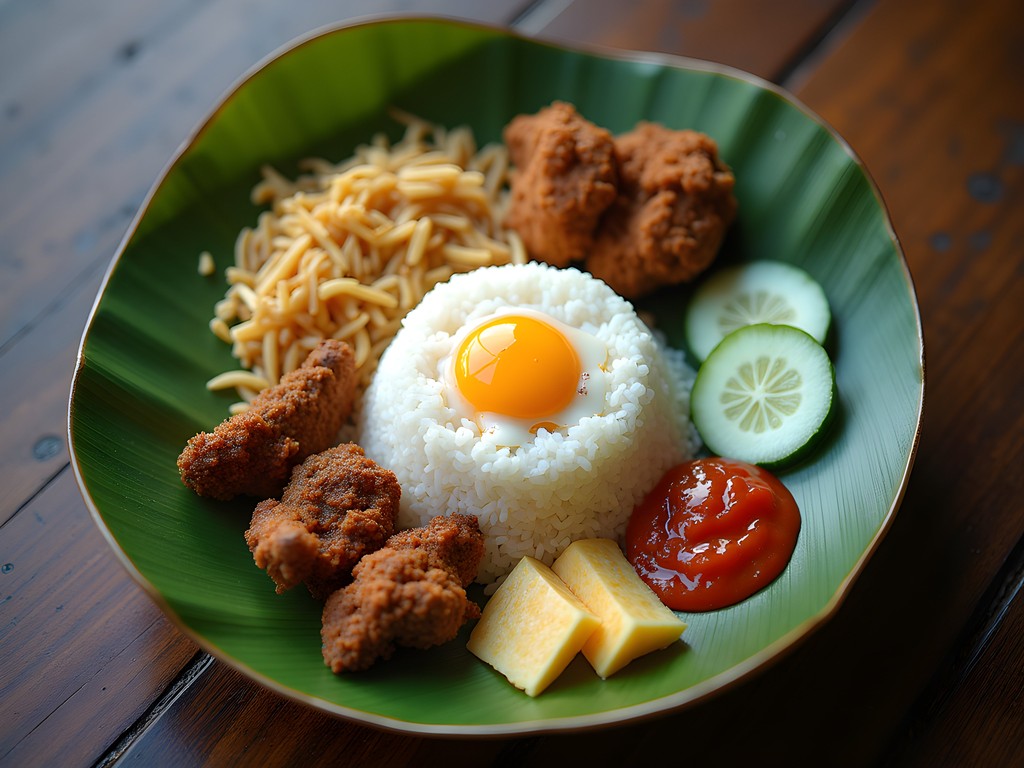
💡 Pro Tips
- The best nasi uduk vendors typically sell out by mid-morning, so plan for an early breakfast around 7 AM
- Look for places where rice is being actively cooked in large specialized pots rather than pre-made batches
- Ask for 'tambah sambal' for extra chili paste, but proceed with caution—Jakarta's sambals can be extraordinarily spicy
Sweet Finales: Jakarta's Dessert Landscape
Jakarta's sweet culinary traditions reveal complex cultural hybridization—where indigenous ingredients meet Chinese techniques and Dutch colonial influences in a fascinating dessert ecosystem. My systematic exploration of the city's sweet offerings uncovered patterns of adaptation and preservation that mirror broader cultural narratives.
The most architecturally impressive discovery was Martabak Manis (sweet folded pancake), which I documented at several specialized stalls across the city. This complex creation begins as a yeasted batter cooked in specialized circular pans, then filled with an array of ingredients—from traditional chocolate sprinkles and condensed milk to contemporary adaptations featuring Nutella or cream cheese—before being folded and cut into geometric sections. At Anthony Martabak in Mangga Besar, I observed how the vendor manipulated heat with remarkable precision, adjusting the flame intensity throughout the cooking process to create the distinct textural contrast between crisp exterior and honeycomb interior that defines exceptional martabak.
Equally compelling was Es Kacang Merah (red bean ice) at the historic Ragusa Ice Cream parlor, which has operated continuously since 1932. This establishment represents a living archive of colonial-era dessert adaptations, where Italian gelato techniques merged with local ingredients like coconut milk and red beans. The current proprietor, a third-generation owner, shared insights into how the recipe has remained essentially unchanged despite Jakarta's dramatic urban transformation—a rare example of culinary continuity in a rapidly evolving cityscape.
Perhaps the most sensory-engaging experience was tracking down Kue Putu vendors who announce their presence through distinctive bamboo steam whistles. These cylindrical palm sugar-filled rice cakes, steamed in bamboo tubes and topped with freshly grated coconut, exemplify Indonesia's ingenious use of natural materials in food preparation. The vendor I documented in Menteng neighborhood explained that the bamboo tubes must be replaced regularly as they impart subtle flavor notes to the rice cakes—a detail highlighting how material culture and culinary tradition intertwine.
For travelers seeking to document their own Jakarta food journey, I found my compact travel journal indispensable for recording these ephemeral culinary experiences—from ingredient observations to vendor techniques—creating a personal archive of Jakarta's sweet cultural heritage.
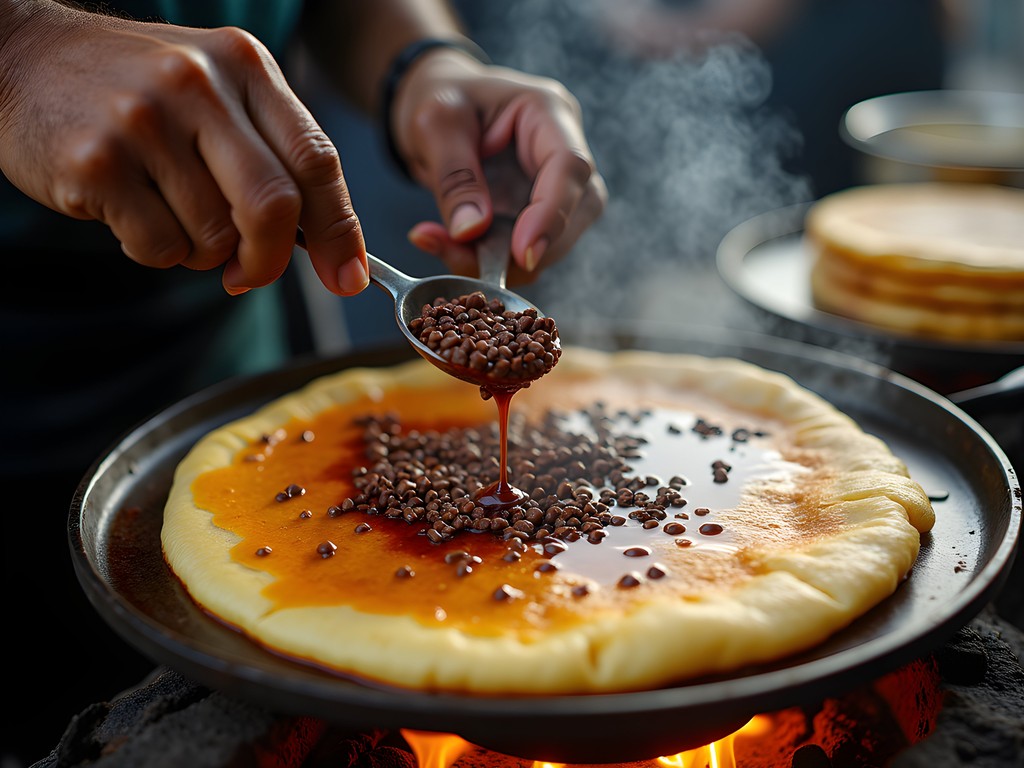

💡 Pro Tips
- Martabak vendors typically operate only in evenings from 6 PM until late night
- When ordering Es Kacang Merah, request 'kurang manis' if you prefer less sweetness
- The most authentic kue putu vendors still use traditional bamboo steam whistles to announce their presence—listen for this distinctive sound in residential neighborhoods during early evening hours
Jakarta's Chinese-Indonesian Culinary Heritage
The Chinese-Indonesian culinary tradition represents one of Jakarta's most fascinating examples of cultural adaptation and preservation. During my methodical exploration of this distinct food ecosystem, I documented how Chinese culinary techniques have merged with local ingredients over centuries to create dishes that exist nowhere else—neither fully Chinese nor traditionally Indonesian.
Glodok, Jakarta's historic Chinatown, served as my primary research site for this culinary subgenre. At Kopi Es Tak Kie, a coffee shop operating since 1927, I observed how Chinese brewing methods adapted to incorporate local Javanese coffee beans, creating a distinct preparation that reflects generations of cultural exchange. The current proprietor, a fourth-generation owner, shared insights into how the establishment survived periods of political tension when Chinese cultural expressions were suppressed—the coffee shop functioning as a subtle repository of cultural memory during challenging historical periods.
Perhaps the most revelatory dish was Laksa Betawi, which I documented at several specialized stalls. This complex soup—featuring rice noodles in a coconut milk broth enriched with dried shrimp, galangal, and candlenuts—exemplifies the sophisticated hybridization that defines Jakarta's Chinese-Indonesian cuisine. At a small warung in Mangga Besar, I observed how the vendor maintained distinct cooking stations for different components of the dish, a technique reflecting Chinese culinary organization adapted to local ingredients.
Equally compelling was Siomay Bandung, the Indonesian adaptation of Chinese siu mai dumplings. Unlike their Cantonese counterparts, these versions incorporate local mackerel, tapioca flour, and distinctive peanut sauce—demonstrating how migration patterns and ingredient availability shaped culinary evolution. At Siomay Epen near Pasar Baru, I documented how the vendor maintained traditional steaming techniques while incorporating distinctly Indonesian flavor profiles.
For travelers interested in exploring this culinary subcategory, I recommend beginning at Pantjoran Tea House in Glodok, where the architecture itself—a restored 1928 building—provides historical context for understanding Jakarta's Chinese-Indonesian heritage. The tea service offers an excellent opportunity to appreciate the material culture surrounding this culinary tradition, with specialized brewing vessels and serving techniques that have remained consistent despite the city's dramatic transformation.
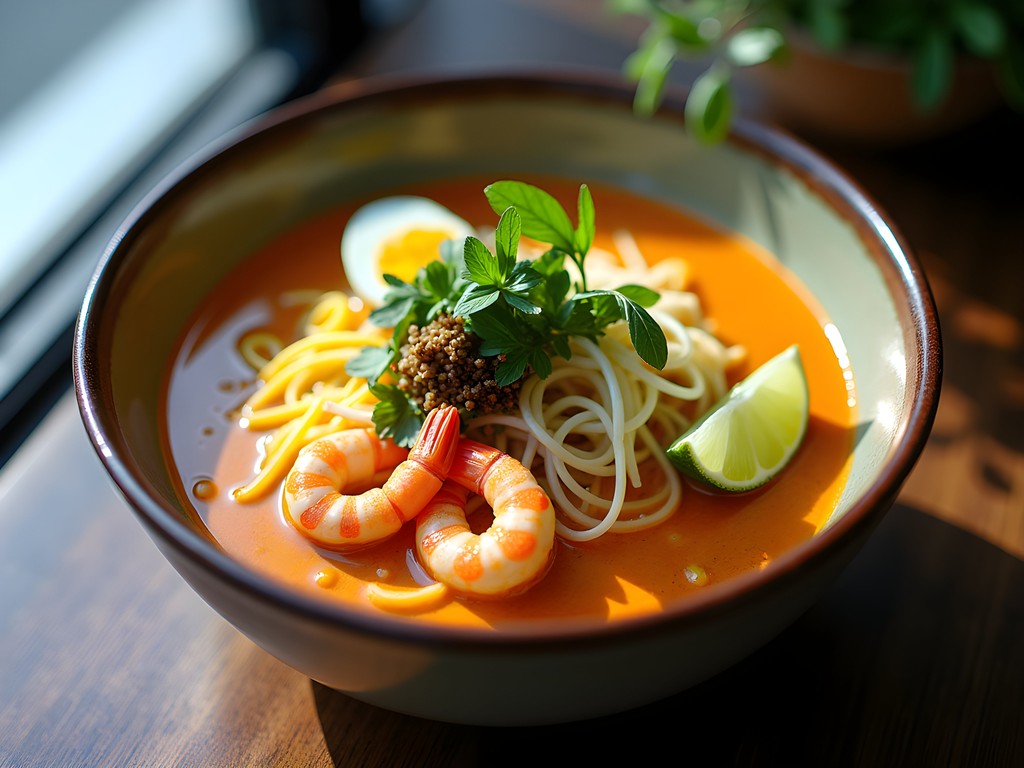
💡 Pro Tips
- Visit Glodok (Jakarta's Chinatown) in the morning hours when traditional breakfast items like congee with distinctive Indonesian adaptations are available
- Look for places displaying 'Peranakan' signage, indicating Chinese-Indonesian fusion cuisine
- When ordering laksa, request 'kuah terpisah' (broth separate) to preserve the noodle texture until you're ready to eat
Ethical Street Food Tourism: Preservation Through Documentation
As both an academic and traveler, I approach Jakarta's street food landscape with dual awareness: appreciation for its remarkable cultural significance and concern for its vulnerability amid rapid urban development. My methodical documentation of these culinary traditions reflects a scholarly commitment to preserving knowledge that might otherwise disappear as the city modernizes and younger generations pursue different occupational paths.
During conversations with aging vendors across Jakarta, a consistent narrative emerged: many expressed uncertainty about their culinary legacy as children pursue education and careers outside traditional food preparation. At a kerak telor (spiced coconut egg omelet) stand near Kota Tua, the 68-year-old proprietor shared that his stall—operating for three generations—would likely close within five years as his children had established professional careers elsewhere. This interaction highlighted the urgency of documenting these techniques and recipes before they potentially vanish.
Ethical engagement with Jakarta's street food culture requires moving beyond mere consumption toward meaningful exchange. Rather than approaching vendors as anonymous food producers, I initiated conversations about regional variations, family histories, and technique evolution. These dialogues not only enriched my understanding but affirmed the cultural significance of their work—acknowledging them as knowledge bearers rather than simply service providers.
For travelers seeking to engage similarly, I recommend learning basic food-related phrases in Bahasa Indonesia before visiting. My pocket phrasebook proved invaluable for initiating conversations about cooking techniques and ingredient origins. Additionally, I found that photographing food preparation (after requesting permission) and showing genuine interest in technique often led to more substantive interactions with vendors eager to share their specialized knowledge.
Perhaps most importantly, ethical street food tourism means financial recognition of the cultural value these vendors provide. While Jakarta's street food remains remarkably affordable by Western standards, I adopted a practice of paying slightly above asking price—not as charity but as acknowledgment of the cultural knowledge being shared alongside the food itself. This approach recognizes street vendors as cultural practitioners whose expertise deserves appropriate compensation.
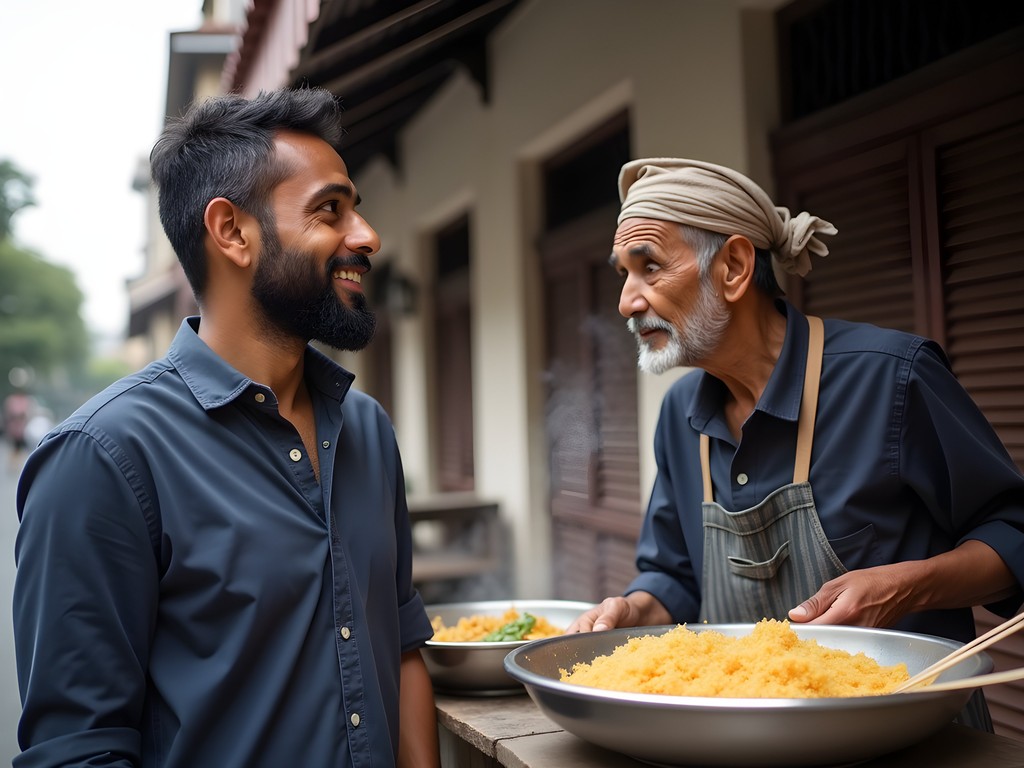
💡 Pro Tips
- Always ask permission before photographing vendors or their cooking processes
- Learn the phrase 'Boleh saya lihat cara membuatnya?' (May I watch how you make it?) to express interest in preparation techniques
- Consider revisiting favorite vendors to build relationships rather than attempting to sample as many places as possible
Final Thoughts
Jakarta's street food landscape offers far more than culinary satisfaction—it provides a living archive of Indonesia's complex cultural history, where migration patterns, colonial influences, and indigenous traditions converge in remarkable flavor combinations. As urban development continues to transform the city's physical landscape, these ephemeral food traditions take on increased significance as repositories of cultural memory and technical knowledge. My brief immersion in Jakarta's street food ecosystem has reinforced my scholarly conviction that food documentation represents a crucial form of cultural preservation—one that acknowledges the sophisticated knowledge systems embedded in seemingly humble street preparations. For travelers willing to venture beyond international restaurant chains and hotel offerings, Jakarta's street food scene offers not just memorable meals but meaningful connections to the city's multifaceted identity. I return to my academic responsibilities in Toledo with field notes documenting preparations that may not exist in their current form when I next visit—a sobering reminder that cultural documentation is not merely academic exercise but urgent preservation work.
✨ Key Takeaways
- Jakarta's street food represents a sophisticated cultural archive worthy of serious documentation and appreciation
- Engaging respectfully with vendors provides deeper understanding of techniques and regional variations
- The most authentic food experiences often follow temporal patterns—early morning, mid-afternoon, and late night each revealing different specialties
- Learning basic food-related phrases in Bahasa Indonesia significantly enhances the street food experience
📋 Practical Information
Best Time to Visit
year-round (though January-February may have rain interruptions)
Budget Estimate
$20-30/day for comprehensive street food exploration
Recommended Duration
weekend (3-4 days minimum for proper exploration)
Difficulty Level
Beginner (With Basic Preparation)

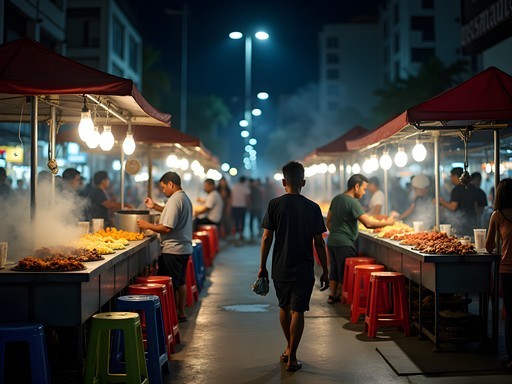


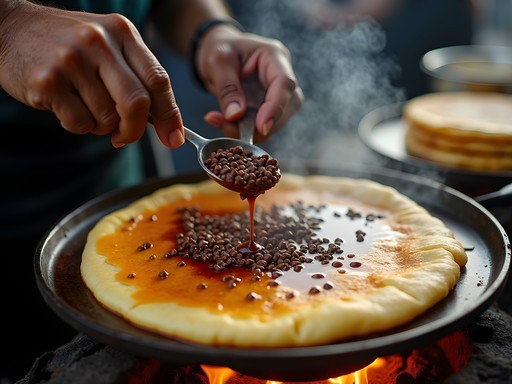

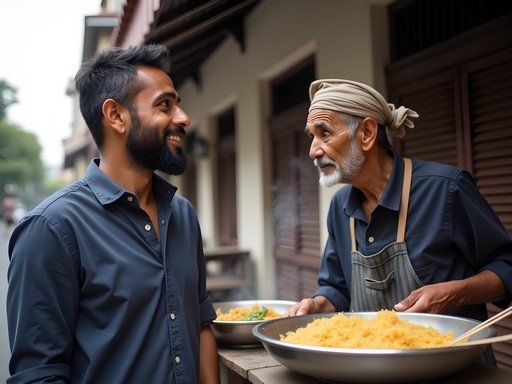


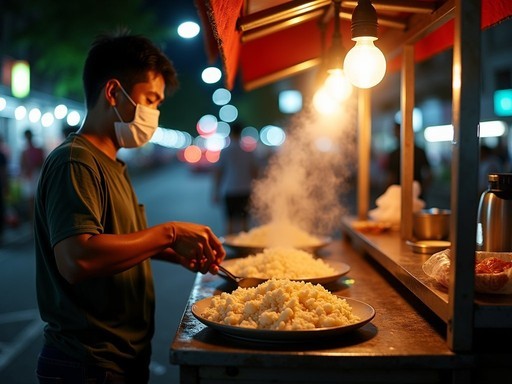
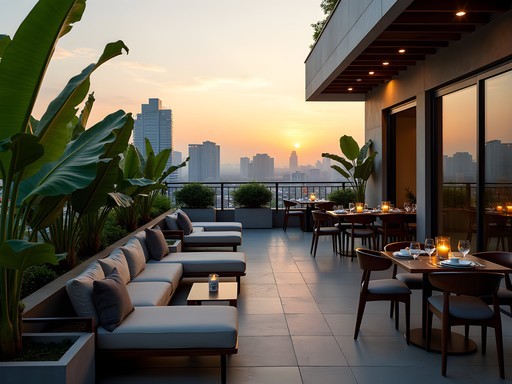
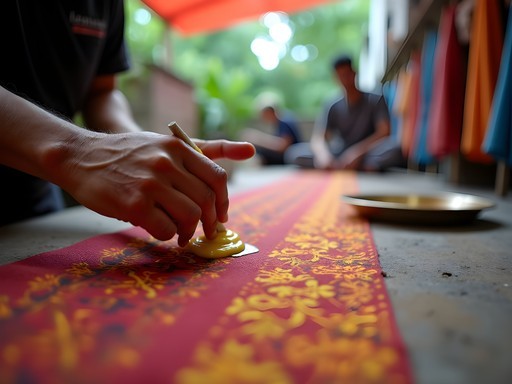
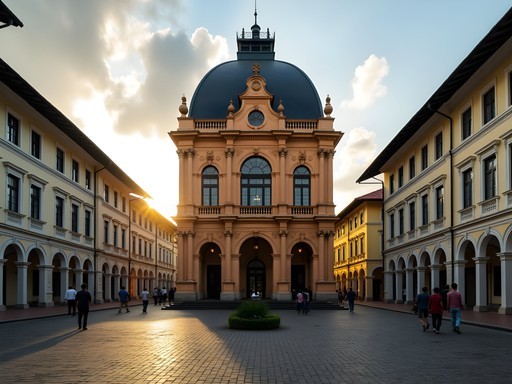




Comments
Jean Wells
As someone who has documented street food across Southeast Asia for nearly two decades, I find Jakarta's culinary landscape particularly fascinating for how it represents the archipelago's diversity. Mason, your analysis of the 'Satay Spectrum' is quite astute - the regional variations tell a complex story of migration patterns and colonial influences. I would add that timing is essential when exploring these markets; the best martabak manis vendors often sell out by mid-afternoon. I recommend carrying a small notebook to document your favorites - I've used my pocket journal for years to create my own personal food maps. The anthropological dimensions of Jakarta's food scene deserve more scholarly attention.
exploreguide
Jean, any specific recommendations for seafood spots? Going in December and that's my priority!
AsianFoodieTrails
Mason, this is such a comprehensive guide! As someone who's lived in Jakarta for 3 years, you really captured the essence of the street food culture. One small addition - for anyone trying kerak telor (the egg and sticky rice dish), head to Pasar Baru area where there's an elderly gentleman who's been making it for 40+ years. He adds a special coconut serundeng that elevates it to another level. Also worth noting that many of these street foods are best enjoyed from 4pm onwards when vendors are fully set up. The morning market scene is completely different but equally fascinating!
Mason Cook
Thank you for that insider tip! I'll have to check out that kerak telor vendor on my next visit. You're absolutely right about the timing too - I found the whole atmosphere changes as evening approaches.
vacationlife
Those desserts look amazing! Saving this for my trip next month!
luckygal
Jakarta's street food scene is something else! I was there last year and still dream about the satay kambing. That smoky lamb with the peanut sauce... heaven! Mason, did you try the kerak telor? That crispy rice omelette thing with the dried shrimp? I found this tiny stall near Kota Tua that made the best version I've had. The locals were all lined up which is always a good sign!
beachchamp398
How spicy was the food? I'm heading there in November but I'm a total wimp with heat lol
luckygal
You can actually control the spice level at most places! Just say "tidak pedas" (no spicy) when ordering. But honestly, try to build up your tolerance because some of the best dishes have that kick!
SoloTrekker
Bookmarked! Going in December!
JakartaFan88
Your photos of martabak manis made me so homesick! Best sweet treat ever!
happywanderer
Great post! I'm heading to Jakarta next month and street food is my absolute priority. Any tips on food safety while eating from these stalls? Also, how did you navigate between different areas? I've heard Jakarta traffic is insane!
Mason Cook
Thanks for reading! For food safety, I watched for stalls with high turnover (busy = fresh food) and where locals eat. I used my water bottle constantly to stay hydrated safely. For getting around, I actually found the TransJakarta bus system surprisingly efficient for hitting different food neighborhoods, and GoJek (local ride app) for specific spots. The traffic is indeed wild but part of the experience!
happywanderer
Thanks Mason! Downloading GoJek now. Can't wait to try all that satay!
Kimberly Murphy
Mason, I absolutely devoured this post! Jakarta's street food scene is criminally underrated. I spent three weeks there last summer and gained about 5kg just exploring the food stalls! Your section on the satay spectrum was spot on - I'd add that the tiny stall near Kota Tua (the one with the blue awning) does the most incredible goat satay I've ever tasted. The owner uses a family recipe that's apparently been passed down for generations. Did you get a chance to try the cobra blood shot while you were there? Bit extreme but quite the experience! Looking forward to your next culinary adventure.
happywanderer
Cobra blood shot?! That sounds intense! Was it... um... tasty? Or more of a dare thing?
Kimberly Murphy
Definitely more of a dare thing, happywanderer! Tastes medicinal and they mix it with arak (rice wine). Not something I'd repeat but when in Jakarta... 😅
happywanderer
Think I'll stick to the satay then! 😂
Douglas Bradley
Mason, your academic approach to Jakarta's street food scene is refreshingly thoughtful. What fascinates me most is how these dishes reflect Indonesia's complex trading history - the Chinese influence in bakso, Portuguese elements in various pastries, and Middle Eastern touches in martabak. I've been documenting Southeast Asian food culture for my blog, and Jakarta represents such a perfect culinary crossroads. One aspect I found particularly interesting was the regional variations within Jakarta itself. The Betawi dishes represent the indigenous Jakarta cuisine, while migrants from across the archipelago have created distinct food neighborhoods. For anyone visiting, I recommend taking a guided food tour for your first day - it helps calibrate your palate and provides cultural context that enhances every subsequent meal. The Glodok area Mason mentioned is indeed excellent, particularly for Chinese-Indonesian fusion dishes.
Mason Cook
Thanks Douglas! You're absolutely right about the historical trading influences - it's like eating a history lesson. I'd love to read your Southeast Asian food documentation when it's published!
adventurebackpacker
Great post! I spent two weeks in Jakarta last year and became obsessed with soto betawi - that coconut beef soup is incredible. Found this tiny place near Kota Tua where the owner had been making it for 40+ years using his grandmother's recipe. The food markets can be overwhelming at first with all the smells and sounds, but that's half the fun! One thing I'd add - don't miss trying kopi luwak while you're there. Yes, it's the famous civet cat coffee, and while touristy, it's actually quite delicious.
backpacktime
Where was that soto betawi place exactly? Going next week!
adventurebackpacker
It was called Soto Betawi H. Mamat, about 10 min walk from Kota Tua square. Just follow Google Maps - totally worth it!
Venture X
Premium card with 2X miles, $300 travel credit, Priority Pass